The Golden Girls
by Ruth Lando
Women head up a tiny percentage—less than 5 percent, to be exact—of Fortune 500 companies, but when it comes to charitable foundations, they’re doing better. Fifty-four percent of the country’s charitable foundations are led by women. (Although at the biggest and presumably best-paying foundations, those with assets of more than $1 billion, only 28 percent of the CEOs are female.)
But here in Sarasota-Manatee, women rule. One hundred percent of the region’s top foundations, including two fully endowed private foundations and three community foundations, are run by women. They’re a powerful group, representing almost $900 million in charitable assets. And in a region with 1,800 nonprofits and some 40 percent of the population living at or near the poverty level, the philanthropic decisions they make affect an enormous number of organizations and people and help determine the quality of life in our communities.
Meet Southwest Florida’s “Golden Girls.”
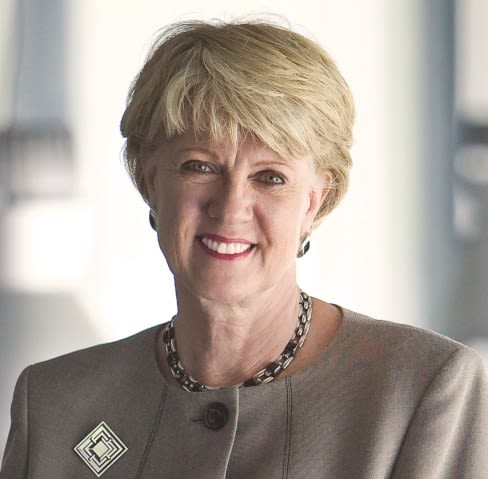
PRESIDENT & CEO
Debra Jacobs
AGE OF FOUNDATION: 5 YEARS
ENDOWMENT: $235 MILLION
TIME ON JOB: 5 YEARS
Opportunities you saw when you accepted this job: To work with visionary leaders to create new realities thanks to a donor who left an unfettered charter. It was a daunting challenge, and I knew this deserved to be done well.
The culture at your foundation: The foundation is a network of independent consultants and partners. There are only three of us at the epicenter. Our work is embedding change in organizations and communities. We invest resources in groups and networks and building relationships with others. We never show up with an answer. The Campaign for Grade Level Reading is an example. We are intentional that every child can read on grade level by third grade. How do we get there? We will bob and weave as we learn and connect with others trying to do it.
Nonprofit versus for-profit leadership: In the private sector, you make a plan and execute it. In the social sector there are so many different forces at play. It’s not about money and shareholder value. You are using your ethics. Leadership talents can be similar, but you are measured by different things.
Why women head our local foundations: Timing. The [local] newspaper and hospital used to be run by women and now they are [run by] men. There is a time for a particular type of leadership in every organization. It is not driven by gender. It is driven by talent, experience, skill and style. There are times when an organization needs a healer; times when it needs an innovator or provocateur. No one sat back and said, “Hey, let’s get all of one gender at this time.”
What in this work has been life-changing: I haven’t had an epiphany. Every day you wake up and give it your best and hope you make the right decisions. I am in this because I’m supposed to help people make the change they aspire to. It is life-changing to work with incredible people to make an impact. Plus we have fun. I am a very happy person. I say, do important work but have fun while you are doing it.
Enhancing philanthropy in the future: Philanthropy in America thrives because of its diversity. It is just as important to care about the oceans as it is to care about a child. There is checkbook philanthropy. Catalytic philanthropy. Strategic philanthropy. Sustaining philanthropy. Thank goodness. We need all of them.
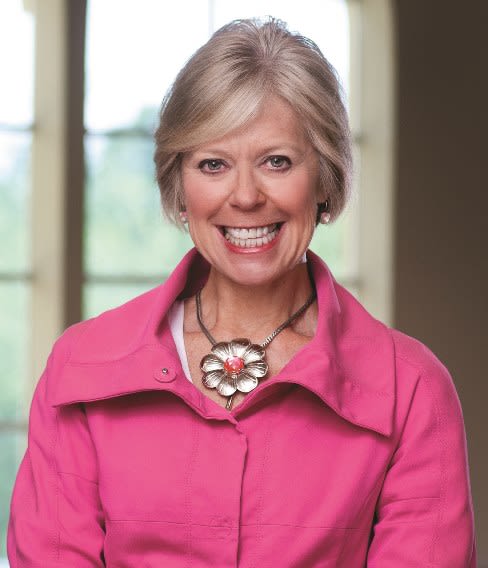
PRESIDENT & CEO
COMMUNITY FOUNDATION OF SARASOTA COUNTY
Roxie Jerde
AGE OF FOUNDATION: 36 YEARS
ENDOWMENT: $273 MILLION
TIME ON JOB: 4 YEARS
Your three strongest traits: Empathy, integrity and a great sense of humor [so I] don’t take this all too seriously.
The culture at your foundation: Our focus has been on success measures as well as continuous improvement. We are working together to accomplish goals to further our strategy. This has helped us on what we say yes and no to. We all ask, “Is this really going to be a strong contributor?”
How to connect with donors: I’m a good listener, and I find out about their life and their values. Then I can have substantive conversations about options to achieve what they want. I also connect them with like-minded folks.
Nonprofit leadership versus for-profit leadership: There are no differences. If you are effective, you are effective. Our return on investment is return on lives, versus return on stock. You still have to manage resources, priorities and goals.
Proud moments: Thousands of families are able to stay in their homes thanks to the Season of Sharing [a communitywide fund-raising initiative to prevent homelessness]. Our two-generation work with vulnerable families is moving low-income kids to reading rates that will help them be successful and, at the same time, [providing] their parents with economic stability.
Biggest issues in foundation work: People will give, tax deductions or not, but we need to be on top of what’s happening in Washington to preserve and enhance people’s desire to give. We also need to look at innovative ways that philanthropy can help impact social issues and social justice. Trends include “proof points” for proving things in philanthropy with data and measurement of programs.
What people should know about philanthropy: People think it is easy to give money away. It isn’t. It takes discipline and rigor. How do you figure out the best philanthropic returns for what we do? There are lots of choices. We have to make great choices on partners and what we want to achieve. The Giving Partner [an online registry of data about nonprofits] has been very helpful. Having better information available has made it easier to work more quickly and objectively. It’s just like a private investor looking to invest in stocks.
How you unwind: I ride my bike with my husband. I Iove spending time with my family and friends. And I do yoga. I make sure I make time for all of those things, too.
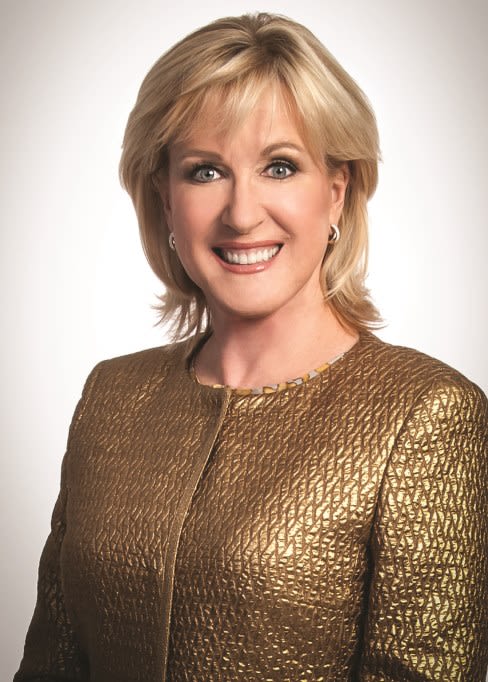
PRESIDENT & CEO
GULF COAST COMMUNITY FOUNDATION
Teri Hansen
AGE OF FOUNDATION: 20 YEARS
ENDOWMENT: $274 MILLION
TIME ON JOB: 13 YEARS
Your strongest three traits: I’ve always been told you need persistence, planning and patience, and I have two out of the three—not patience! My focus and commitment to the mission are the third.
The culture at your foundation: We are open and collaborative. Everybody works at the same type of work station, including me. We laugh hard, and we joke and tease relentlessly. I always say that working [here] is a contact sport and not for the weak. I sometimes see new people get a little frightened because we love each other but we are also fiercely competing with each other. That’s how we have fun. Another thing is that our culture is about community leadership. It’s not about the money.
Proud moments: STEMsmart has totally transformed the way teachers teach and students learn science and math in our middle schools. Also hunger and homelessness. Nonprofits [working to end homelessness] had never met together before and now meet every single month. If you were a homeless family there was no place to go. Now we have Harvest House Family Haven and Catholic Charities Family Haven providing assistance. Dr. Robert Marbut’s plan was to deal with the huge food issue for families because you can’t pay your rent if you [have to use] your money to buy food. The Feeding Hungry Families and Campaign Against Summer Hunger programs address hunger.
Biggest issues in foundation work: Government withdrawal from its responsibility and expecting foundations to pay for what it has historically paid for. Foundations typically dealt with issues government didn’t. Now they are wanting us to deal with both.
Working with the wealthy: All human beings are complex regardless of degree of wealth. Human beings by nature are compassionate and when they focus on what they care about, they are all the same—they want to make a difference.
What keeps you hooked: I have an outlet for my passion, creativity and innovation. And my GCCF colleagues and my board. I love being around them and get a lot of energy from them. They are what I will miss the most when I leave [on June 30, for her new post as head of the new Barancik Foundation, a local family foundation started by Chuck and Margie Barancik].
What should people know about this type of work: That it is not a retirement job. People always say, “Oh, when I retire I want to run a foundation.”
How you unwind: I’ll let you know when I do!
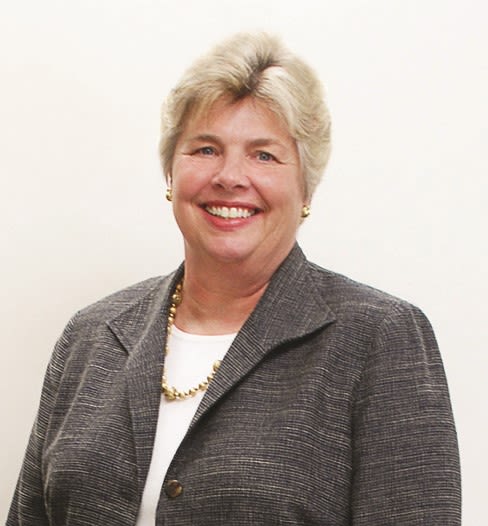
EXECUTIVE DIRECTOR
Marilyn Howard
AGE OF FOUNDATION: 17 YEARS
ENDOWMENT: $35 MILLION
TIME ON JOB: 17 YEARS
Three strongest traits: I work well with people. I give them the opportunity to shine. Also, I don’t take myself too seriously, and I bring the board and staff and nonprofits together to work toward an end.
The culture at your foundation: We are open and listen to nonprofits and donors. We are not in the position of telling people what to do. We really want to assist with issues and make things better for the community. We are viewed with integrity and credibility. It’s not me; the direction of the organization comes from our board. And we do want to have a little fun, too.
What donors really want: Donors want their money to have impact.
Nonprofit versus for-profit leadership: The world today is fond of saying you have to run a nonprofit like a business, but I say, “Yes and no.” You have to run your nonprofit so you can deliver your mission. That isn’t just about dollars and cents. [Your] people must have empathy and the skill sets to deliver service and understand the issues and stresses. It requires more involvement in your customer,
whether that’s the donor or the client, more even than you get in business.
Proud moment: Our Spirit of Manatee awards that celebrate giving. We had our 10-year anniversary in March and [it’s] turned into a signature event and provides a platform for all these wonderful people to be honored and to encourage other people to be generous.
Biggest issues: As a smaller foundation, we [have] great success at distributing grant dollars, but still work hard for operating dollars for our own organization. Our board members have to support us with annual operating gifts. That isn’t clear to people when they work with a community foundation. They want services, grant investigation, research, etc., that isn’t necessarily funded. We need underwriting for that work until [we] build up more resources.
Working with the wealthy: They are sharp businesspeople and ask very good questions and challenge other assumptions.
What keeps you hooked: Knowing that what your organization does [can] make a huge difference for better in the community can become intoxicating. There’s a real opportunity every day to think I might be able to help with this issue, to tackle this problem. To see people succeed keeps me going.
How you de-stress: I read a good book and enjoy my book club. I love reading and taking Maggie, our little Tibetan terrier, for walks.
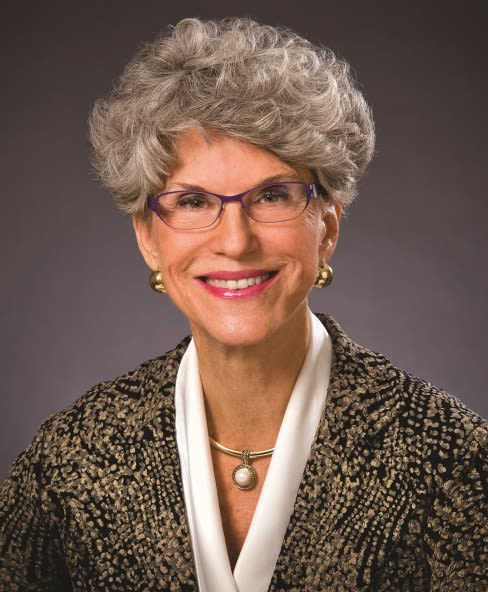
PRESIDENT
WILLIAM G. AND MARIE SELBY FOUNDATION
Dr. Sarah Pappas
AGE OF FOUNDATION: 60 YEARS
ENDOWMENT: $78 MILLION
TIME ON JOB: 6 YEARS
My three strongest traits: Relationship building, a high EQ, and my project management skills.
Biggest change I’ve made: I hired a 28-year-old technology guru and now we have all the applications for scholarships and grants online. We can do research now at the touch of a button. I can do more research for the board to help them make wiser decisions.
Why women lead our local foundations: Sarasota-Manatee is very progressive. At one time all of our college presidents and the Sarasota County schools superintendent were women, plus outstanding representatives in the [state] House and Senate. I think the management style is a perfect fit for nonprofits. Women tend to be more collaborative and work in teams, not the old command and control.
Enhancing philanthropy in the future: We struggle with: “Do you give to an organization that is barely making it or to a successful one with lots of reserve and endowment?” We do not want to punish an organization that is so well run that it has large reserves and endowment. Instead, we ask, “Is there duplication of services?” We have 78 animal welfare organizations in our four-county area. Could they band together to be more effective? I’ve read that one in five teenagers has the goal of starting a nonprofit. We already have 1,800 nonprofits in Sarasota-Manatee. Talk about implications for the future. How will they be funded and run? Can our community support all of them? What can our community afford when several big arts groups all want a new building at the same time?
What you wish people knew about your type of work: The president of a foundation does not make the decision on what grants get funded and who gets scholarships. I have a very active board and they read the whole application and my site visit report, and they discuss every grant. The 12 people on the scholarship committee do the same thing. I am just a conduit.
For-profit versus nonprofit leadership: It used to be [profit] is performance-driven and [nonprofit] mission-driven. Now nonprofits are being asked to care more about performance and revenue streams that can sustain them when donors can’t give as much money; and, likewise, business and corporations care about social consciousness and trying to make the community better.
How do you unwind? I go to the YMCA six days a week and two of the days are Zumba, which I absolutely love. I hang out with my husband of 49 years, and we travel well together. And I have a book club with women friends that I enjoy. ■